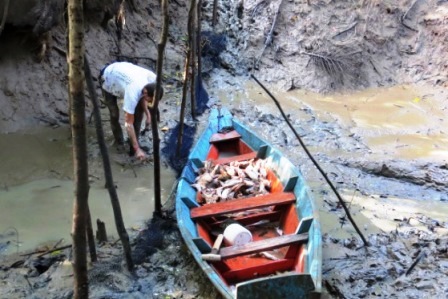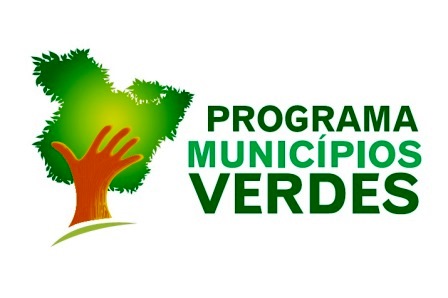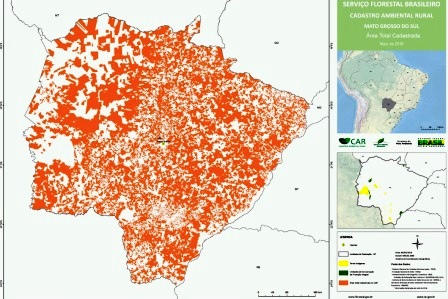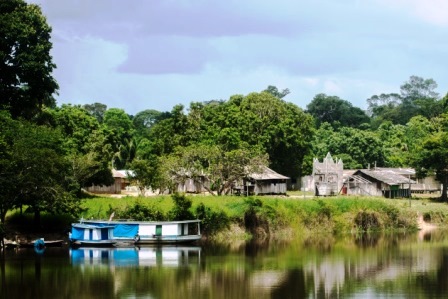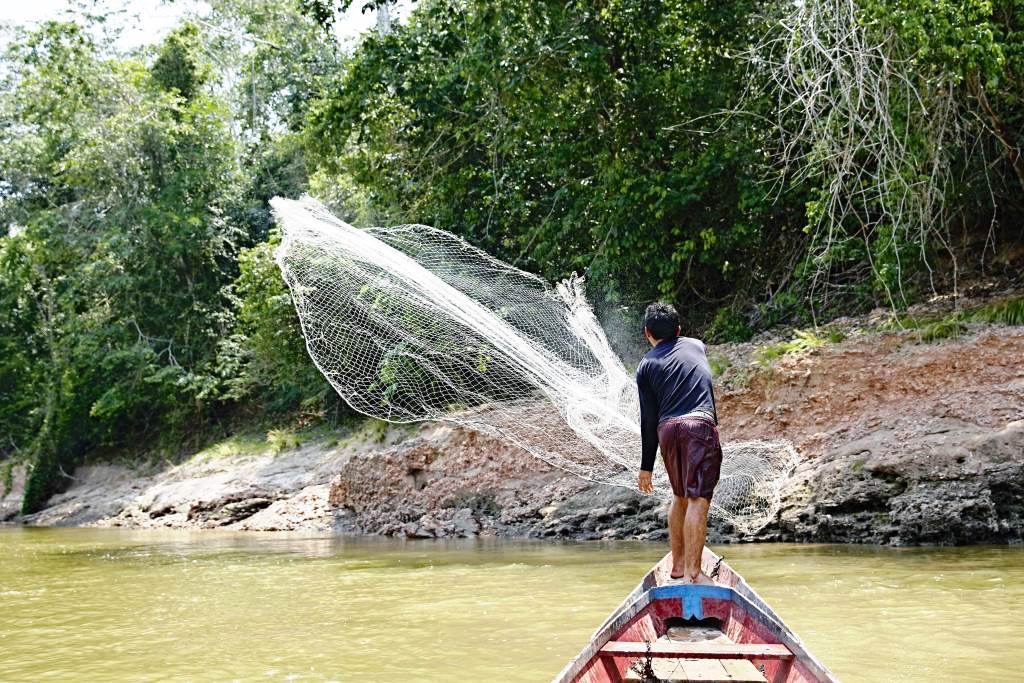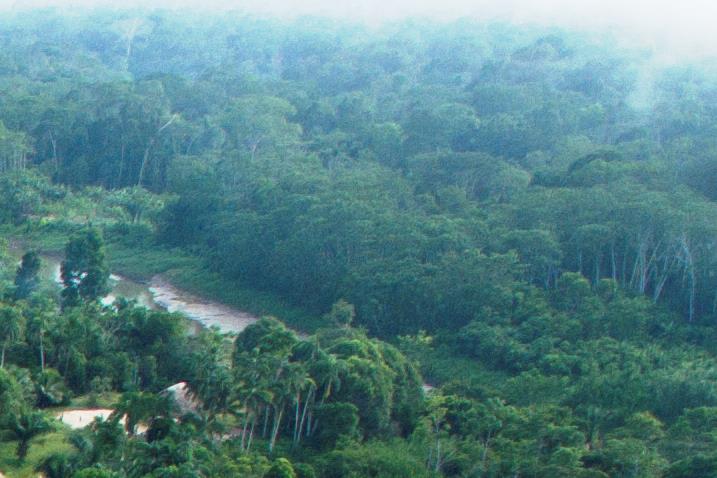Result and impact indicators
The Project activities contributed to the results related to the “monitoring and control” component (2) of the Amazon Fund Logical Framework.
Direct effect 2.1: The Military Fire Department of Rondônia (CBMRO) better structured for monitoring and combating deforestation caused by forest fires and illegal burn-offs.
The main indicators used to monitor this objective were:
- Number of hot spots in the state of Rondônia (outcome indicator)
Target: not defined | Result achieved: 4,797 (2020)
Although the occurrence of hot spots depends on several factors in addition to those addressed in the project, it should be noted that the baseline, corresponding to the average verified in the period 2003-2012 (ten-year period prior to the approval of the project) was 9,255 hot spots in the 14 municipalities that make up the area covered by the project. In the period between 2013-2020, the verified average was reduced to 5,573 outbreaks, i.e., a decrease of approximately 40% in the number of hot spots, which indicates a sustained result in the positive evolution of this indicator.
- Number of forest fires or unauthorized burn-offs directly fought by CBMRO (outcome indicator)
Target: not defined | Result achieved: 1,457
During 2020, 1,457 forest fires and unauthorized burn-offs were combated and, in 2012 (project baseline), 831 forest fires or burn-offs were combated, which shows a 75% growth in CBMRO’s combat capacity. It should be added that, based on the project with the Amazon Fund, the firefighters of the state of Rondônia have been increasing their performance and raising the level of actions to combat forest fires, as shown in the following table:
|
Baseline
|
2013
|
2014
|
2015
|
2016
|
2017
|
2018
|
2019
|
2020
|
|
831
|
890
|
1,337
|
1,395
|
1,265
|
1,110
|
1,083
|
1,316
|
1,457
|
- Number of pilots effectively trained using the knowledge acquired (outcome indicator)
Target: 6 | Result achieved: 5
- Number of CBMRO´s civil servants and partner organizations trained in environmental management (output indicator)
Target: not defined | Result achieved: 134
The training actions involved 104 civil servants of partner organizations and 30 civil servants of CMBRO´s staff in environmental management, including the training of three CBMRO military personnel in a postgraduate course in Environmental Law at Universidade Federal do Paraná.
Institutional and administrative aspects
Regarding institutional and administrative aspects, CBMRO reported that the greatest legacy of the project was to expand the capacity of the corporation in conjunction with other governmental agencies. The establishment of partnerships during the execution of the project took place through technical cooperation agreements with several institutions in order to carry out activities in firefighting operations through the implementation of forest fire prevention and firefighting brigades.
Such partnerships are usually mobilized each year on the occasion of the launch of the Forest Fire Season Operations Plan (Potif), in which joint action strategies are defined in seasonal periods in which there is a higher occurrence of burn-offs and forest fires.
At the municipal and state levels, cooperation agreements were signed with the State Secretariat for the Environment and Sustainable Development of Porto Velho (Sema) and the State Secretariat for Environmental Development (Sedam). At the federal level, the agreements were signed between the Brazilian Institute of Environment and Natural Resources (Ibama) and the Chico Mendes Institute for Biodiversity Conservation (ICMBio), the latter responsible for managing federal protected areas (PA).
According to CBMRO, the integration of efforts allowed results to be achieved more efficiently since it reduced the costs necessary to implement firefighting actions.
Risks and lessons learned
Generally speaking, it can be said that the “Greener Rondônia” project executed the planned activities satisfactorily, having achieved good results. The “number of forest fires or illegal burn-offs combated directly by CBMRO” indicator saw a favorable evolution throughout the project, as well as the training action of managers.
As for the risks and lessons learned, the complexity and delay in the bidding processes of firefighting kits were mentioned, keeping in mind that the bidding process occurs centrally in the state administration. A positive lesson was the flexibility in project management, which allowed the change of the supplier and the equipment with a higher unit price, related to the acquisition of the aircraft, which resulted in operational gains.
Finally, it should be noted that the specific characteristics of the Amazon, with a large territorial extension and areas of difficult access, make the work of firefighters riskier and more complex, requiring different strategies in relation to fire.
The presentation of these diverse strategies and the comparison of the positive impacts observed in four other projects similar to the “Greener Rondônia” project, previously supported by the Amazon Fund, can be found in the “Ex-Post Effectiveness Assessment Report of Fighting Forest Fires and Unauthorized Burn-off Projects¹.
¹ Available at: https://amz.bndes.net/export/sites/default/en/.galleries/documentos/monitoring-evaluation/
Independent-evaluations/CBM-Effectiveness-Evaluation-Report.pdf.
Sustainability of results
In an assessment carried out in 2020, CBMRO reported that firefighting, personal protective equipment (PPE), and vehicles obtained in 2013 and 2014 continue to be used. The acquired aircraft, given its multifunctionality, was cited as one of the greatest legacies of the project for the future, achieving not only the general objective but also contributing directly to society since it monitors, inspects, and transports servers, brigade members, and equipment throughout the year.
In the long term, the sustainability of the results achieved with support from the Amazon Fund, given the nature of this project, depends mainly on the budgetary conditions of the state of Rondônia, which is responsible for maintaining the main equipment acquired within the scope of the project, as well as providing the funding resources of CBMRO.
It should be mentioned that the training and qualifications of public civil servants, carried out as a result of the project, tend to produce lasting and increased effects, if we consider that the diffusion of knowledge that naturally occurs in organizations does not depend on additional public funds.
Finally, despite the progress already made with support from the Amazon Fund, it is understood that it remains to further expand the response capacity of CBMRO, so that it is structured to verify the nature of the hot spots pointed out by the monitoring systems and is adequately equipped, with human and material resources, to combat all identified forest fires and unauthorized burn-offs.



